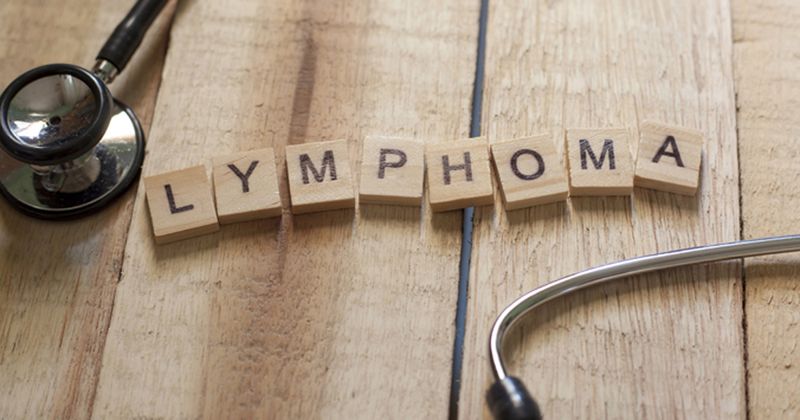Pembrolizumab improves PFS vs. brentuximab vedotin in classical Hodgkin lymphoma
Pembrolizumab significantly improved PFS vs. brentuximab vedotin among patients with relapsed or refractory classical Hodgkin lymphoma, according to study results presented at the virtual European Hematology Association Annual Congress.
Safety of pembrolizumab (Keytruda, Merck) appeared consistent with previous reports, results of the randomized phase 3 KEYNOTE-204 study showed, and the PD-1 inhibitor should be considered the standard of care for these patients, Pier Luigi Zinzani, MD, PhD, professor in the department of experimental, diagnostic and specialty medicine at University of Bologna and resident physician at Institute of Hematology “L. e A. Seràgnoli,” and colleagues noted.

Few treatment options exist for patients with relapsed or refractory classical Hodgkin lymphoma who are no longer eligible for standard curative therapies. Previous studies have shown pembrolizumab monotherapy induces antitumor activity in these patients with acceptable safety.
Zinzani and colleagues randomly assigned 304 adults with relapsed or refractory classical Hodgkin lymphoma to pembrolizumab or brentuximab vedotin (Adcetris, Seattle Genetics), an antibody-drug conjugate directed at CD30. All patients had measurable disease, an ECOG performance status of 0 or 1, and had either undergone (n = 112) or were ineligible for autologous stem cell transplant. More than 40% (n = 123) had primary refractory disease.
Researchers administered pembrolizumab dosed at 200 mg or brentuximab vedotin dosed at 1.8 mg/kg once every 3 weeks.
PFS by blinded independent central review per International Working Group criteria — including clinical and imaging data after autologous or allogeneic stem cell transplant— and OS served as the primary endpoints. Objective response rate, PFS by investigator review and safety served as secondary endpoints. Duration of response served as an exploratory endpoint.
Median time from randomization to data cutoff was 25.7 months (range, 18.2-42.3).
Patients in the pembrolizumab group received a median 15 treatments compared with a median seven treatments in the brentuximab vedotin group. Twenty-five patients receiving pembrolizumab and three patients receiving brentuximab vedotin completed 35 cycles of treatment.
Results showed a significant improvement in median PFS among patients taking pembrolizumab vs. brentuximab vedotin (13.2 months vs. 8.3 months; HR = 0.65; 95% CI, 0.48-0.88). One-year PFS rates were 53.9% with pembrolizumab and 35.6% with brentuximab vedotin.
All subgroups demonstrated a PFS benefit, including those with primary refractory disease (HR = 0.52) and no previous autologous stem cell transplantation (HR = 0.61), as well as those who had received prior brentuximab vedotin (HR = 0.34) or were naive to the agent (HR = 0.67).
The pembrolizumab group also had longer PFS per investigator assessment (19.2 months vs. 8.2 months; HR = 0.49; 95% CI, 0.36-0.67), a higher ORR (65.6% vs.54.2%) and longer median duration of response (20.7 months vs. 13.8 months).
Half of patients in the brentuximab vedotin group responded for 12 months or longer compared with 62.4% of patients who received pembrolizumab.
Seventy-seven percent of patients receiving brentuximab vedotin and 74.3% of those receiving pembrolizumab experienced treatment-related toxicity, including hypothyroidism, peripheral neuropathy, pneumonitis and neutropenia. One patient in the pembrolizumab group died of treatment-related pneumonia.

